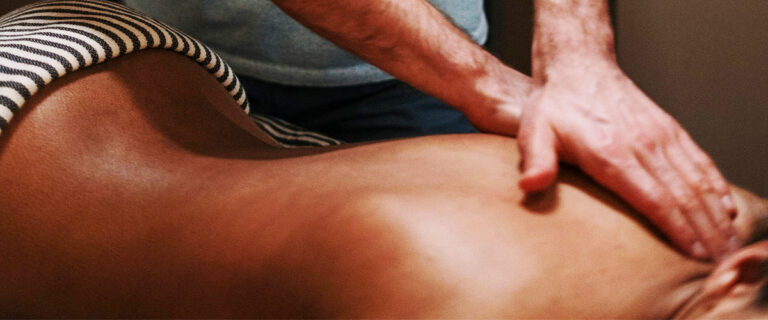Eczema
is beside acne and psoriasis one of the leading skin diseases and is a non-contagious skin condition that can be present in several different forms, but most common forms include:
- atopic (an inherited type in children)
- contact (caused by a chemical irritant)
- seborrheic (affects the scalp, face, and torso)
- dyshidrotic (blisters on hand and feet)
Eczema generally causes inflammation resulting in scaly patches of red, cracked and painful skin. Over time the microscopic cracks and fissures can allow bacteria, viruses, and fungi into the skin to set up a secondary infection. The severity of this disease can vary; in mild forms, the skin is dry, hot and itchy. More severe forms involve weeping blisters where the skin becomes broken, raw, bleeding and crusty.
Some contributory factors include:
genetics, emotional stress, dietary insufficiency of omega fatty acids and exposure to harsh chemical products or chlorinated water.
Treatment suggestions:
Avoid harsh chemicals; try adding omega fatty acid supplements to your diet and Himalayan crystal salt or sea salt to bath water.
You should consult a certified Nutritionist about a diet change and might want to detoxify your body for example with Milk Thistle tablets, capsules, gel caps or tincture.
Neem (Azadirachta indica), part of AYURVEDA, the oldest botanicals medicine system in the world with over 5000 years’ history from India, has been found effective in the treatment of eczema. The condition can be treated topically with Neem cream, shampoo, soap, and systemically in adults with neem tincture, tea or capsules. Best results are achieved when eczema is treated at the same time internally and externally!
For the treatment of adult eczema, it is best to first use the neem oil on the affected area for a few days, followed by the neem cream to relieve the intense itching and redness. Wash the affected area with neem soap, on the scalp with neem shampoo. In severe cases, adults can supplement by drinking neem leaf tea twice a daily or taking a course of neem capsules as directed. For extra topical relief, grind neem leaves and turmeric together with a mortar and pestle and apply topically to the rash. Neem leaves can also be used in the bath water of both adults and children to relieve itching.
Infants and young children may have their skin washed with a mild neem baby soap as directed.
 If you want to learn more about the miraculous versatile medicinal neem tree that offers better plant, human, animal, and environmental health you can purchase my book “Neem – Nature’s Healing Gift to Humanity”. You can order your copy of the book at http://neemresearch.ca/ (click here).
If you want to learn more about the miraculous versatile medicinal neem tree that offers better plant, human, animal, and environmental health you can purchase my book “Neem – Nature’s Healing Gift to Humanity”. You can order your copy of the book at http://neemresearch.ca/ (click here).
Read a review of “Neem – Nature’s Healing Gift to Humanity” in Wholife magazine by clicking here
Words of Wisdom
Health is not everything but without health everything is nothing.
Dr. Bernard Jensen, DC, PhD., clinical nutritionist, 1908 – 2001
Reference:
Horrobin. D.F. (2000) Essential fatty acids metabolism and its modification in atopic eczema. The American journal of clinical nutrition, 71 (1)367s – 372s.
Hashmat, I., I. Azad, H., & Ahmed, A. (2012) Neem (Azadirachta indica), A. Juss). Nature’s drugstore: an overview. Int Res J Biol Sci, 1, 76 -79
Klaus Ferlow, author, HMH, HA, innovator, lecturer, researcher, writer, founder of Ferlow Botanicals, Vancouver, B.C. and NEEM RESEARCH, Mission, B.C., board member of Health Action Network Society, member of National Health Federation, Neem Foundation, Mumbai, India, co-author of the book “7stepstodentalhealth” and author of the book “Neem – Nature’s Healing Gift to Humanity.”
HMH – Honorary Master Herbalist, Dominion Herbal College
HA = Professional Herbal Advocate, Canadian Herbalist’s Association of B.C.
Copyright @2016, all rights reserved
This information is summarized for its educational value and should not be used for the cure, diagnoses, treatment, or prevention of disease, please contact your health care practitioner!



